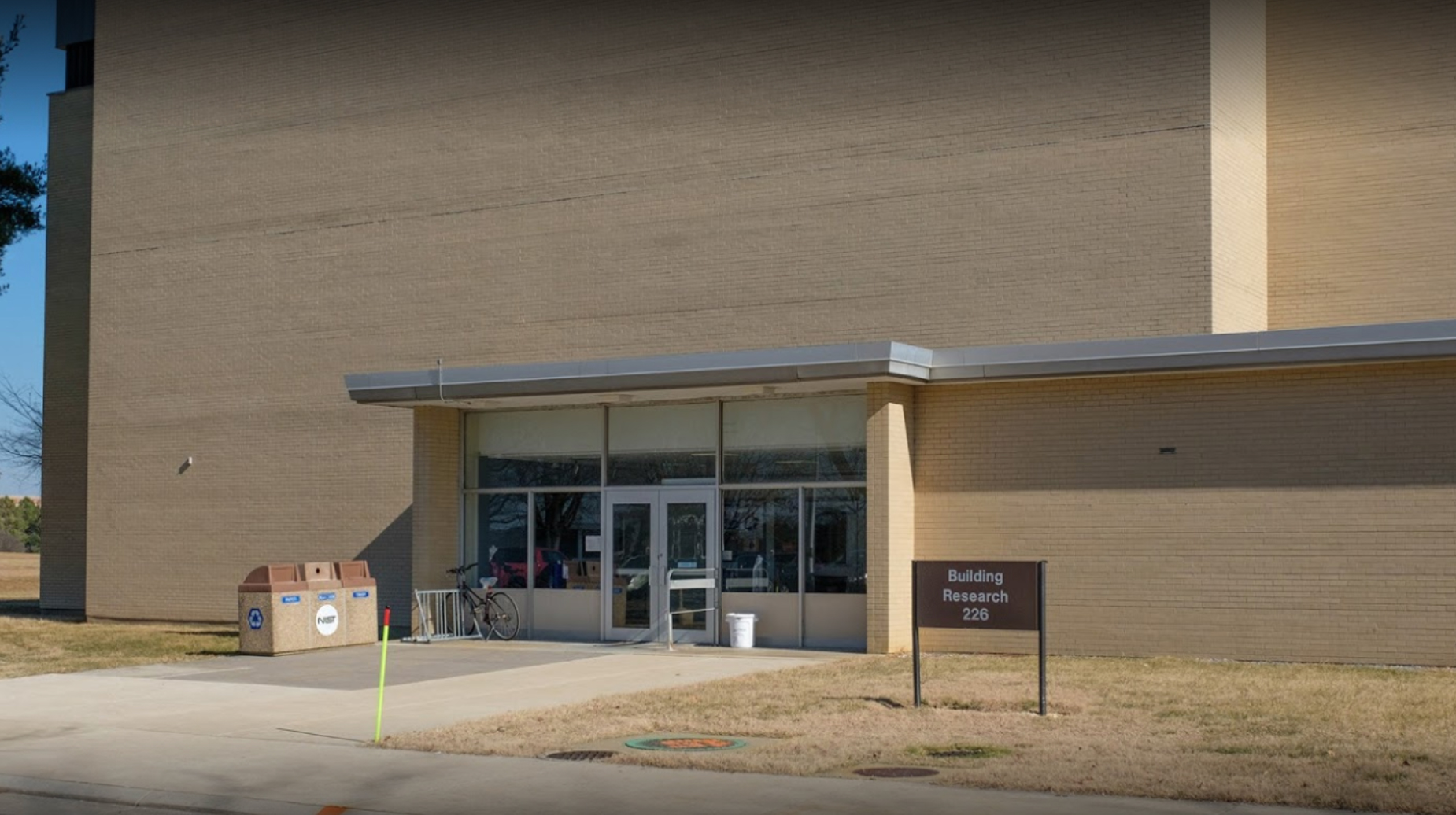National Security Administration Fort Meade

National Security Administration (NSA) Renovate Serverland Room 2 at Fort George G. Meade
Meltech completed this important project for the National Security Administration for the renovation of the Serverland Room 2 at Fort George G. Meade in Fort Meade, Maryland. This project was for the National Security Administration Upgrade Infrastructure in Serverland Room 2. The work includes the following and all incidental related work: Convert Machine Room to Lab Room including demolition of select existing systems, retention and reuse of other existing systems, and installation of new architectural, mechanical, and electrical and fire protection systems/equipment. The work was conducted in a single phase. Work in this phase was required to be substantially complete and ready for occupancy within 210 calendar days after No-tice to proceed.
Major products and systems include the following:
- Reuse existing architectural components (walls, raised access floor grid, and acoustical tile ceilings.)
- Reuse resisting “house” mechanical system (overhead air distribution.)
- Modify chilled water distribution.
- New chilled water computer room air conditioning (CRAC) units.
- Modify existing lighting system,
- New power distribution to server racks and cooling equipment.
- Modify existing fire suppression/alarm systems.



